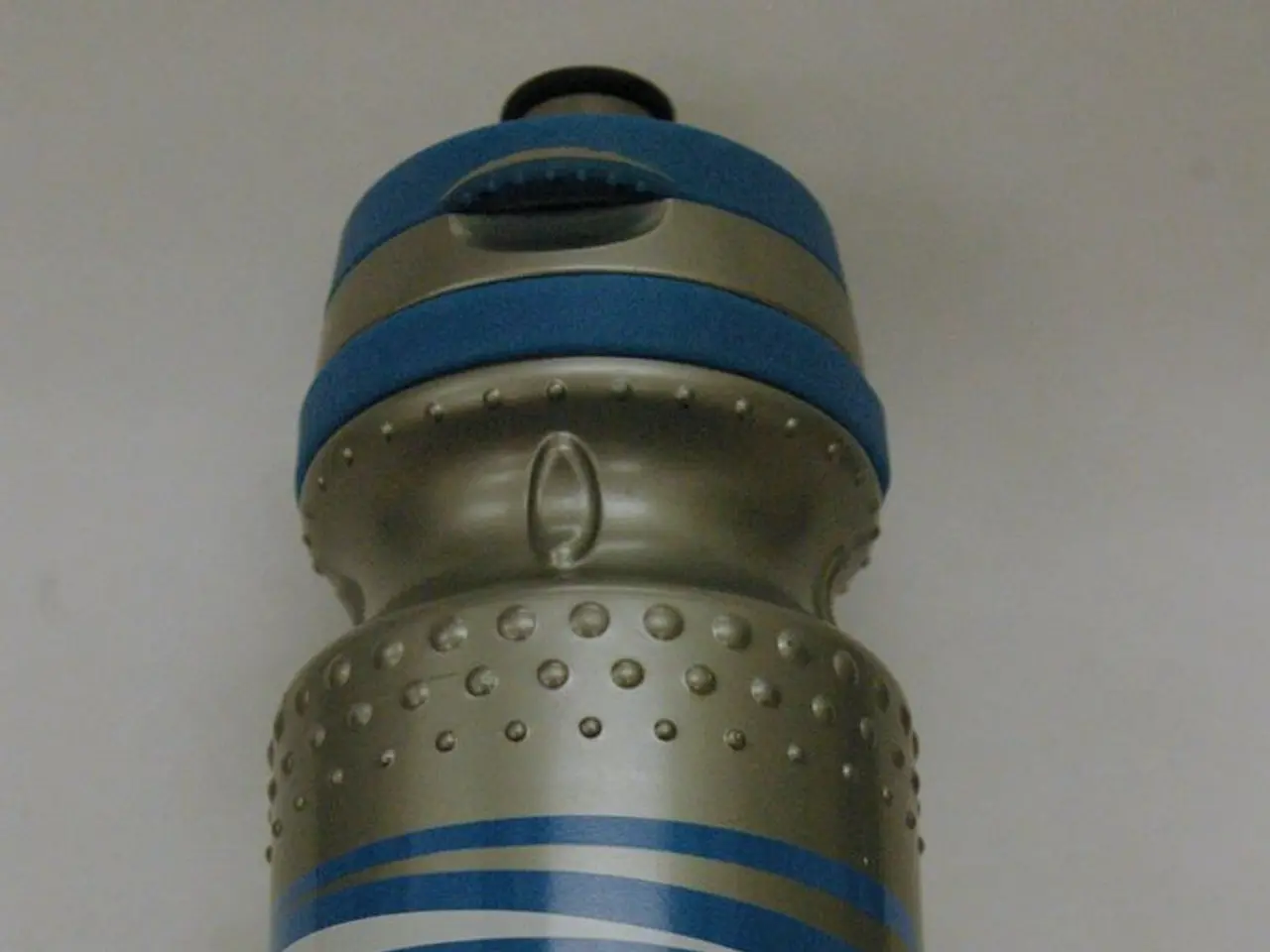Transforming Hits into Promises: Exploring the Hit-to-Lead Transformation in Contemporary Pharmaceutical Development
The Hit-to-Lead (H2L) phase in drug discovery plays a pivotal role in transforming initial chemical compounds, known as hits, into lead compounds with improved properties suitable for drug development. This critical stage bridges the gap between discovery and development, refining chemical matter through iterative design, testing, and optimization to produce leads suitable for advanced preclinical studies.
1. **Identifying Hits:** The process begins with the identification of hits, either through high-throughput screening or computational methods. These hits show initial potential in binding to a target of interest, often a protein linked to a disease process.
2. **Confirmation and Validation:** To ensure the hits' real activity, they undergo confirmation and validation through additional experiments. This step helps rule out false positives and ensures reproducibility.
3. **Characterization of Hits:** The hits are then evaluated for potency, specificity, selectivity, and preliminary pharmacokinetic properties. This process helps identify which hits have the potential to become leads.
4. **Structure-Activity Relationship (SAR) Studies:** Systematic chemical modification of hit molecules is carried out to optimize biological activity and selectivity. This involves synthesizing analogs with small structural changes to understand how these affect potency and other properties.
5. **Computational and Structure-Based Design:** Computational models and structure-based drug design approaches, such as receptor modeling and ligand docking, are used to predict and improve how molecules bind to the target.
6. **Assessment of Drug-like Properties:** Compounds are evaluated for pharmacokinetic parameters (absorption, distribution, metabolism, excretion - ADME), toxicity, and drug-likeness using in silico tools and early biological assays.
7. **Optimization of Specificity and Selectivity:** The aim is to develop lead molecules that show acceptable specificity to the target, minimizing off-target effects, which is crucial for safety and efficacy before entering lead optimization.
8. **Selection of Lead Compounds:** Based on the combined data from SAR studies, pharmacological profiling, and ADME/toxicity assessments, the most promising molecules are chosen as leads for further optimization and preclinical evaluation.
In essence, the H2L phase refines chemical matter to produce leads suitable for advanced preclinical studies. Initial SAR studies involve chemists tweaking molecular structures to understand how changes affect biological activity. Artificial intelligence is used to accelerate SAR analysis and ADMET prediction in the H2L process. Molecular modeling and docking help predict how compounds interact with targets, while ADMET evaluation weeds out molecules that might be active in vitro but fail in a living system due to poor pharmacokinetics or toxicity. Automated synthesis platforms speed up compound creation during the H2L phase.
The goal of the H2L phase is to identify 1-5 lead compounds that show consistent biological activity, favourable in vitro ADMET properties, and have the potential for further optimization in preclinical development. A solid H2L process ensures that only the best candidates move forward, improving the odds of success and accelerating time-to-market. The Hit-to-Lead stage is a time of trial, iteration, and insight, where raw data begins to take the shape of real therapeutic potential.
- Further Advancements in Medical-Conditions Treatment: The insights gained from SAR studies and the use of AI in SAR analysis and ADMET prediction can potentially lead to the development of more effective treatments for various medical-conditions.
- Health-and-Wellness Improvements Through Technology: The implementation of automated synthesis platforms and computational modeling in the Hit-to-Lead phase demonstrates how technology can contribute to improving health-and-wellness by facilitating the discovery and development of new drugs.




